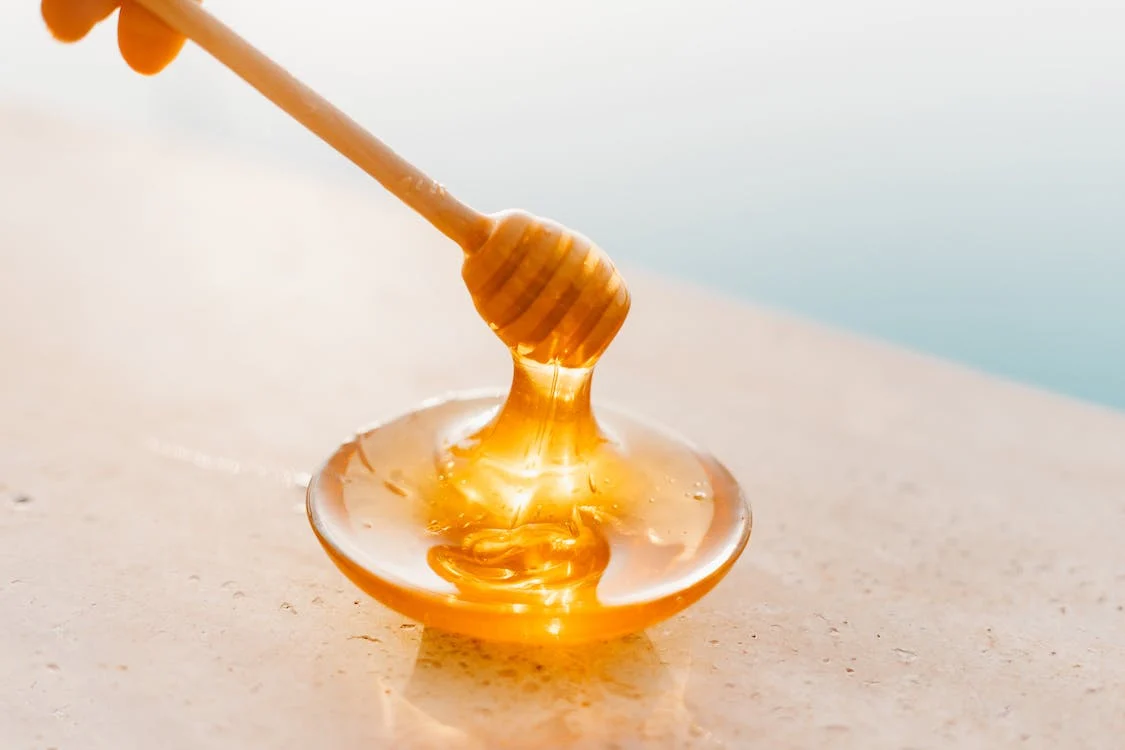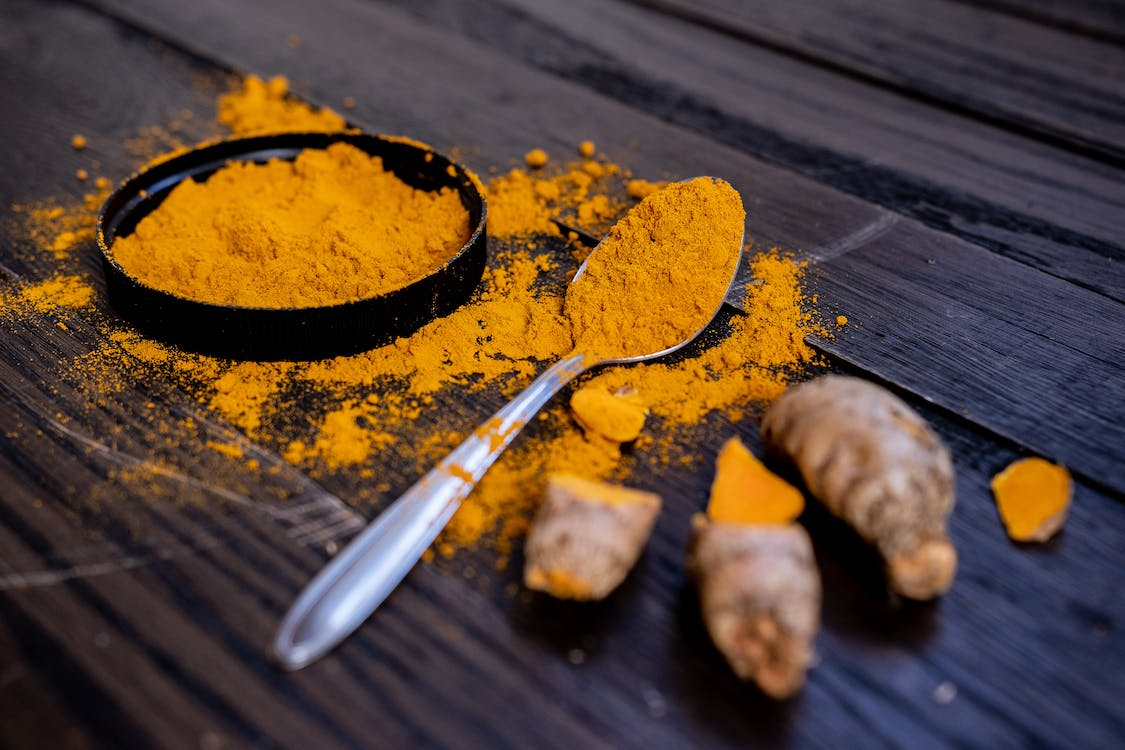Is your kitchen where the key to clearer skin is kept? Foods like honey, cucumbers, and grapes can be used as natural acne treatments, in addition to professional dermatological care.
Acne can be difficult to treat and often appears when least expected. The good news is that both over-the-counter and prescription medicines can clear up zits and aid in preventing future outbreaks. According to the Mayo Clinic, the bad news is that some acne treatments may result in unwanted side effects like redness, discolouration, or dryness. This is why some people like using natural remedies to treat acne at home.
According to Joshua Zeichner, MD, director of cosmetic and clinical research in dermatology at Mount Sinai Hospital in New York City, the more mild the acne, the easier it is to treat at home. However, in more severe situations, particularly when cysts or nodules are present, specialist treatments are frequently required.
You might be shocked to hear that you already have a number of home cures for mild acne, including one in the kitchen of all places.
Cucumbers, oats, grapes, and yeast are a few examples of popular foods and products that can be combined to make a facial mask and treat acne. A DIY facial may keep your skin shining, hydrated, and healthy while also preventing or treating acne.
1. Grape cleaner
Whether eaten whole as a snack, halved as a salad topping, or frozen as a nutritious dessert, grapes are a cooling snack. However, you probably don't think of grapes when you think about acne treatments.
However, resveratrol in the skin of red grapes may have bactericidal effect against Cutibacterium acnes, according to a study published in April 2016 in Advances in Dermatology and Allergology. C. acnes, formerly known as Propionibacterium acnes, is a bacteria that causes acne and lives in the sebaceous glands.
Take a couple fresh grapes out of the refrigerator, and you have a quick facial cleaner. According to dermatologist and director Fran E. Cook-Bolden, MD, cut two or three grapes in half and spread the flesh over your face and neck.
2. A mask made of cucumber
If you've ever visited a spa, you've probably had cucumber slices applied to your eyes to reduce puffiness, and it's possible that this wasn't a fake treatment.
Cucumbers may have a calming impact on the skin, lowering irritability, edoema, and soreness, according to a previous review. As a result, they may be able to reduce inflammation directly linked to acne.
According to Dr. Zeichner, when acne occurs, "inflammation develops within the oil gland and follicle, leading to red, angry pimples in the skin." "A cyst may form and fill with oil when acne spreads deep within the skin. A significant inflammatory response frequently takes place if the cyst wall ruptures and the oil is exposed to the deeper skin layers, according to him.
How do cucumbers assist?
According to Zeichner, cucumbers have skin-soothing and moisturising properties that could help soothe acne-related skin inflammation. However, he cautions that they do not work to address the underlying pimples.
Here's how to gain from it: One small cucumber and one cup of oatmeal should be blended to form a paste, advises Dr. Cook-Bolden. Apply it on your face after combining 1 teaspoon [tsp] of this mixture with 1 teaspoon [tsp] of yoghurt. Rinse after 30 minutes after leaving it on.
3. Cucumber Face Pack
Use this cucumber cure if you don't have any oats or yoghurt on hand. Your skin, which could feel rough from acne, will feel smoother after using this cooling, soothing mask. According to Cook-Bolden, "mash one entire cucumber, drain the water, add one spoonful of sugar, and combine thoroughly." Apply to your face, wait 10 minutes, and then wash it off with cold water.
4. Easy Honey Face Mask
Honey has several therapeutic benefits. The Mayo Clinic states that some people use it as a natural cough syrup and sore throat remedy.
In vitro experiments, which were reported in a paper that appeared in the Central Asian Journal of Global Health in August 2016, indicate that honey's antibacterial qualities may also aid in the healing of burns and wound infections as well as limit the growth of C. acnes.
Cook-Bolden advises washing your skin with warm water before using this mask. After that, apply the honey to the skin and let it sit there for 30 minutes. Use warm water to rinse the honey.
5. Oily Skin Yogurt and Yeast Mask
Fermented dairy products like yoghurt may help skin health, according to findings published in April 2015 in the International Journal of Women's Dermatology, though additional research is required. Additionally, yoghurt contains probiotics, which have been proved to stop C. acnes.
To produce the mask, thin 1 teaspoon of brewer's yeast with a small amount of plain yoghurt. Cook-Bolden declares: "Completely apply it to all oily places, then let it sit for 15 to 20 minutes. Warm water should be used to rinse, followed by cold water to shut pores."
6. An oat-based facial
According to research published in January 2015 in the Journal of Drugs and Dermatology, oatmeal's anti-inflammatory characteristics are naturally calming and may ease irritation caused by dermatological problems such rashes, erythema, burns, itch, and eczema.
According to Zeichner, oatmeal possesses anti-inflammatory, moisturising, and skin-protective properties. Although it isn't particularly useful in treating acne, it can help calm dry, irritated skin. For my patients who utilise potentially irritating acne treatments, I frequently advise oat-based moisturisers," he adds.
2 teaspoons of oats, 1 teaspoon of baking soda, and enough water to make a paste should be combined. Apply the paste evenly on your face and gently massage it in. After that, thoroughly rinse.
7. A turmeric face mask
According to Cook-Bolden, Indian brides usually use a turmeric mask before their wedding to achieve flawless complexion. According to a review published in August 2016 in Phytotherapy Research, this is probably caused by the spice's anti-inflammatory, antimicrobial, and antioxidant properties as well as its capacity to significantly lessen the severity of skin conditions like acne, alopecia, atopic dermatitis, oral lichen planus, pruritus, and psoriasis.
Spice markets and ethnic food stores carry the ingredients for this acne cure.
Make a paste by combining 1/2 cup of chickpea flour with 2 tsp of each of the following ingredients: turmeric, sandalwood, ghee (clarified butter), or almond oil. Cook-Bolden advises applying and leaving on for 5 to 10 minutes. "Pressure-rub the paste off completely with both palms and fingertips." Rinse thoroughly in water.
One final thought on acne home remedies
All of these recipes for homemade face masks use basic materials that you can find in your refrigerator and pantry. They can refresh your skin and help clear acne. To treat acne-prone skin, try one or more of these treatments and observe how your skin reacts.
Contact a dermatologist for assistance if at-home remedies are ineffective after two to four weeks, advises Zeichner. He cautions, "Unfortunately, treatment delays raise the chance of developing skin discoloration or, in some circumstances, permanent scarring.
























No comments:
Post a Comment